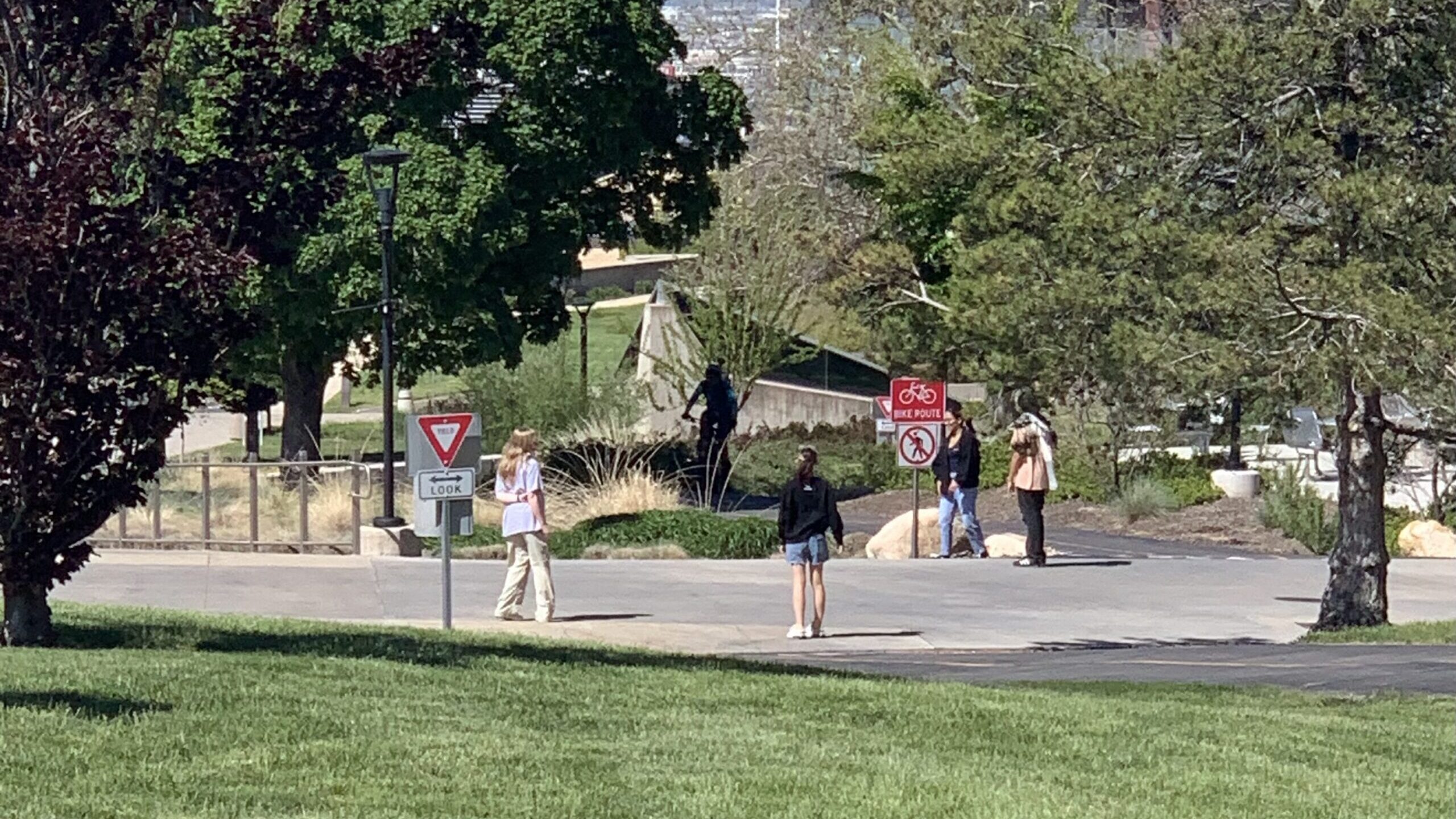Should Utah have a year-round school schedule?
Aug 22, 2023, 9:30 PM

FILE: Students listen as kindergarten teacher Stephanie Cobabe gives a math lesson during a full-day kindergarten class at East Sandy Elementary School in Sandy.
SALT LAKE CITY — Summer is officially over. As schools around the state begin, effectively ending summer, the question arises, what if there wasn’t a three-month break? What if there was a year-round school schedule?
Back in the 90s, the year-round school schedule found its way into Utah schools to find a way to solve the problem of overcrowding.
The way year-round worked is you would have breaks throughout the year. Students would have two weeks off in the fall, two weeks off in the winter, two weeks off in the spring, and a few weeks off in the summer.
The trick was to stagger the students’ schedules so that schools could accommodate more students in one school.
The reception then?
Not good.
But what about rethinking the way we do it?
The summer slide
Growing up, summer was the best. You didn’t have homework, you could go on vacations with your family, swimming. Camping, snow cones, and games were what summer was all about. Then school comes around just to end it.
The annual problem comes in late August when teachers had to find out how much students retained over the summer as they played and forgot all about school.
The Brookings Institute cited a study where they followed half a million students in grades second through nine. This nationwide study found that 25 to 30% of learning loss over the summer.
This is “the summer slide”
Ben Horsley, chief of staff of the Granite School District, said that an extended, not year-round, can help with this slide of learning that too many students experience.
“… we can get more learning on the front end, and it needs to be quality learning. It can’t just be more seat time,” said Horsley.
He also mentioned that the summer slide was more prevalent in communities and schools with students whose families were closer to the poverty line.
He said, “More instructional time in some impoverished areas [can] hopefully offset those types of challenges.”
The year-round school schedule failed.
Looking at the last time Utah tried to make it work with a year-round school schedule, what made it fail?
Other than parents and students not liking it.
To find that answer, you have to figure out why it happened in the first place.
“It’s money,” said Horsley, “it’s a significant capital investment.”
In the late 80s and early 90s, there was a large number of students coming into the school systems. School districts had to think quickly about accommodating this new student influx.
“The intent of year-round was to save money. It was not about learning. It was not about quality instruction. And it was not about the retention of knowledge. It was simply about squishing as many kids into a building as we possibly could.” said Horsley.
Parents reacted by enrolling their children in charter schools that had traditional schedules.
“We got rid of [the year-round school schedule] as fast as we possibly could because we were losing students because parents wanted more traditional schedules,” said Horsley.
Can a new, educationally founded, extended-school schedule fix the summer slide without parents turning to charter schools?
Related:
Principal’s Pantries in Jordan District schools helping hungry students
Staffing shortage: school districts need bus drivers, crossing guards













